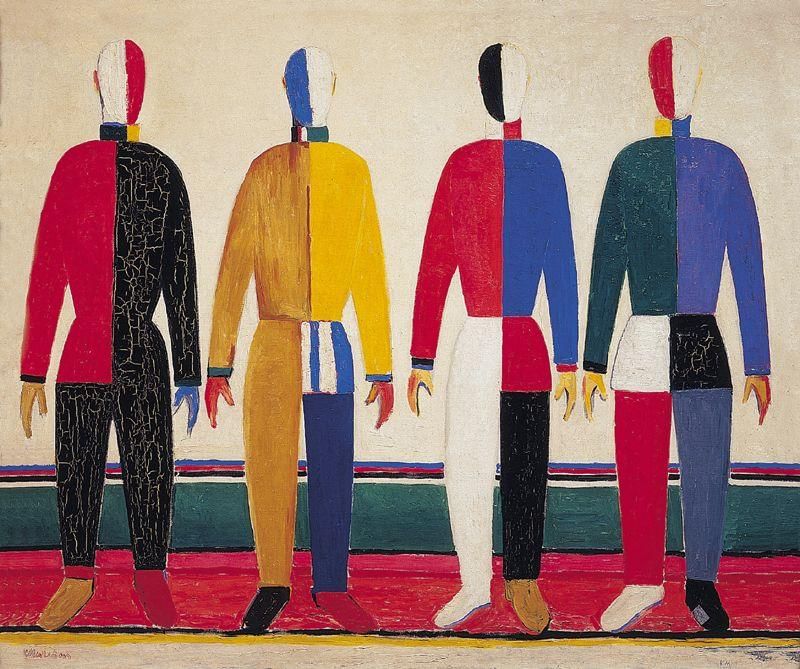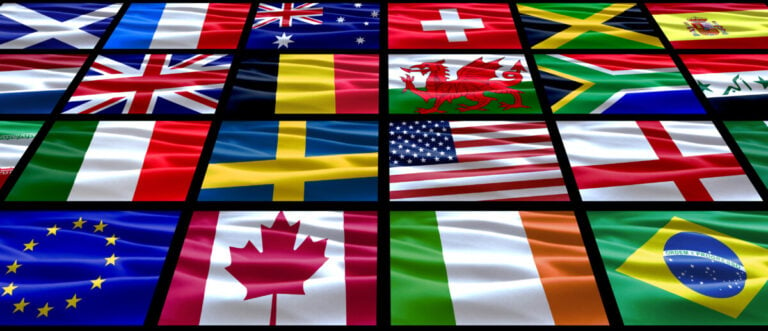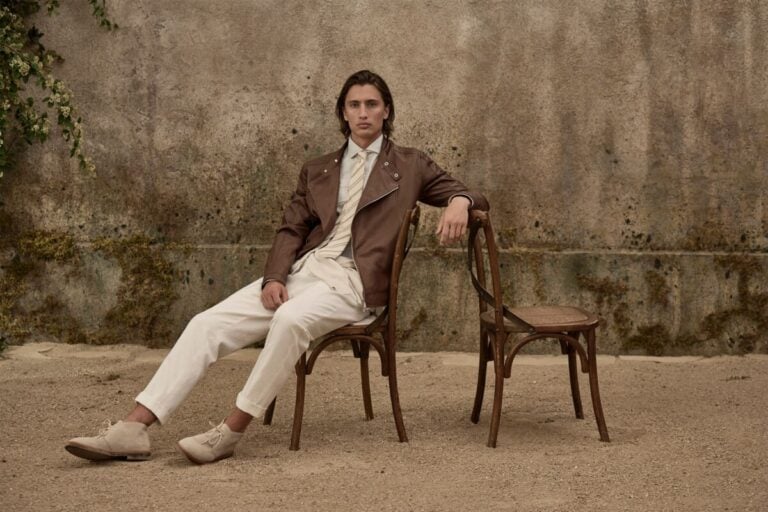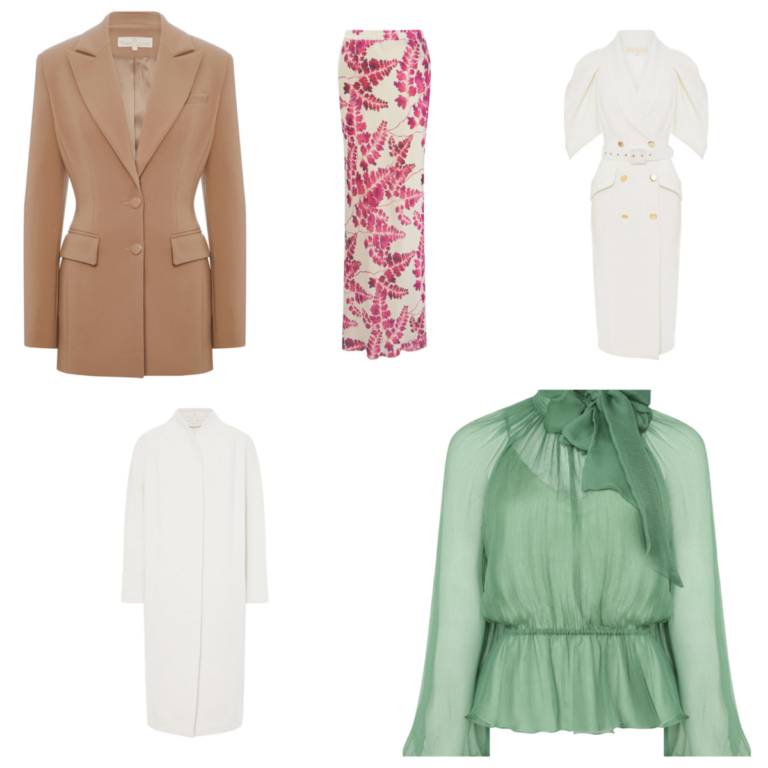There are so many types of abstract art, and it is so diverse, because in it almost any change in form gives rise to a whole new style. How can a person far from art understand all this – and most importantly – understand why abstraction was invented and why it exists?
Why did abstract art appear?
In general, it is worth noting that abstraction is not exactly an invention of our time. The art of the Stone Age is full of abstractions (mysterious circles, squares, triangles, the true purpose of which we can only guess). In themselves, abstract figures and the concept of figures are the discovery of that time. History knows cultures in which abstraction was the only legal way of expressing artistic ideas (Arabs, Jews). Abstraction has always been side by side with realistic and stylized images in ornaments.
Artists had less and less desire to depict real life, because one should not forget what era it was. Two world wars and totalitarian regimes have made a terrible sight out of a previously idyllic world. Well, who will depict daisies and mosses, sitting in the trenches? As a result – a complete escape from reality into the world of pure human emotions. It is them (emotions) that abstractionists depict.
A sensitive person with a certain mindset can understand, for example, that Rodko’s later canvases should inspire the viewer with a feeling of deep sadness, while earlier ones can also express joy. After all, colors and shapes themselves are perceived by the human psyche. Well, who among us did not feel anxiety, looking at the blood-red sunset, or did not feel peace, looking at the turquoise sea and clear sky on distant islands? Colors and shapes have a subconscious power of suggestion.
Abstract Art History
Abstraction was invented simultaneously by a variety of masters of painting and sculpture. For a long time, one of Kandinsky’s paintings was considered the very first (today this point of view has already been refuted). In his development, Kandinsky went from the almost obligatory “strong” school of impressionism with elements of pointillism to the first artist who painted amorphous figures. His early work is distinguished by a special “wildness” of emotions, paints are simply superimposed on the canvas.
In later works, some non-geometric, but still, forms appear. He is interested in shaping in nature and creates abstract silhouettes of “animals” resembling invertebrates. But his special love is Ust-Kuloma spinning wheels, an ancient Russian painting, which he saw on a trip to the Vologda region and the North, which inspired him to quit his career as an official and devote himself to art.
Geometric abstraction goes back to the simplification of Picasso’s system. He painted cubist forms that crushed objects into geometric crystals. Later reality was no longer needed. Even in pre-revolutionary Russia, the work of the geometric abstractionists Malevich and El Lissitzky, who created compositions from geometric figures, clearly manifested itself. At the same time, Larionov and Goncharova were developing a method for drawing abstract and semi-abstract forms from rays, and Robert Delaunay and his Russian wife Sonya were creating a system for transmitting light, similar to a kaleidoscope of concentric circles.
Geometric abstraction went its own way in Holland after the First World War. Piet Mondrian created a way to divide the surface into colorless and filled with primary colors (blue, yellow and red) rectangles, and his former friend and later rival Van Doesburg turned this grid diagonally. Mondrian’s neoplasticism, Larionov’s Rayonism, Malevich’s Suprematism, and Kandinsky’s abstractions were the first abstractionism that appeared early, but was not recognized for a long time.
It was only in the last decade before World War II that abstraction flourished. It is significant that in the USSR, already during the NEP, the avant-garde artist Chagall was considered obsolete. Art developed very quickly, constantly demanding new forms. This art found its expression in the design of stands for the leaders of the Revolution, in Mondrian cafes and residential buildings, in the aesthetics of the Bauhaus and in Melnikov’s architecture.
Art after World War II
After the Victory, artists who had recently suffered from the German occupation that destroyed the European avant-garde, and especially artists in Germany itself, could not recover for a long time. For the first time in the history of the world, the baton of world art was taken over by America. Artist Jackson Pollock in the USA connected the art of surrealism, expressionism and abstraction in a very interesting way, creating abstract expressionism, in which the artist must improvise by pouring paint on the canvas in accordance with his subconscious (a thought taken from the philosopher and psychiatrist Freud).
Soon the abstraction flourished on both sides of the ocean. In the 1950s and 1960s, interesting experiments with abstraction continued. Some, like Frank Stella, use hard lines, localized smooth colors, and a shaped canvas. Someone, like Rothko, specializes in pure sensations, dividing the canvas into textured and simple uneven rectangles, and someone goes into monochrome, creating paintings based on a single color. In the work of post-war abstractionists, over time, there is a tendency to give the canvas a third dimension (for example, the canvas was cut and broken through).
In response to the complete irrationality of Pollock, minimalism appears, that is, a style in which there are structures made of metal, neon lamps, and household items that are not typical for other abstractions. At the height of the Cold War, Andy Warhol’s generation is already tired of the obsessive sophistication of abstractionists and creates an extremely simple and fairly realistic pop art style.
In order to understand it, it was no longer necessary to be a philosopher or an expert. It was built on things that everyone could afford (fast food, advertising, movies, celebrities). The excitement around pure abstraction subsides. Later, abstraction takes on new forms, reminiscent of modern abstract computer graphics (op-art, the founder of the Vasarelli style). Today, abstraction exists in various forms, integrating into the art of postmodernism and the metamodernism that follows it.
The art of abstraction is really perceived by very few, and only a few can judge its quality. But it, like all other styles and trends, was not born by chance, but in a dialogue with its time, which, in the case of abstraction, was crazy, suffering very much, and at the same time innovative.














